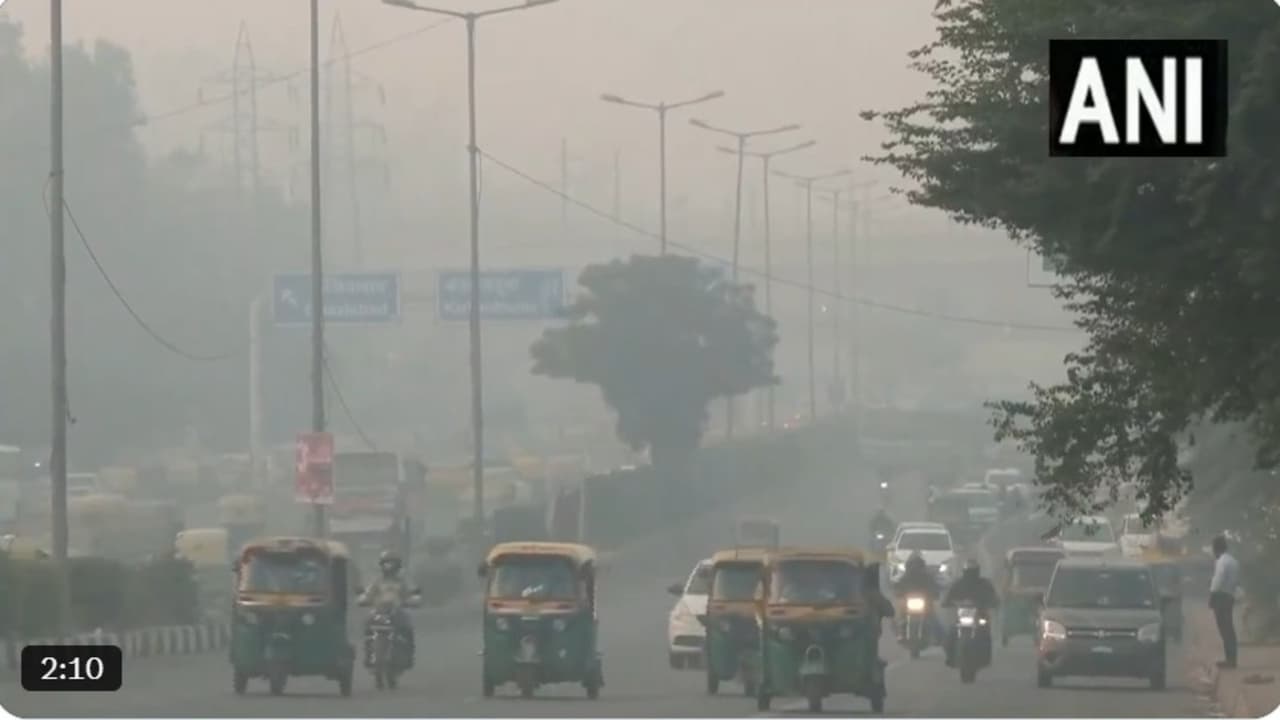Delhi’s air becomes poison again! AQI reached 424, but why is GRAP-3 not implemented yet? Is the government avoiding any major decision or is there something hidden in the data? The public is asking – When even breathing is heavy, why is the system silent?
New Delhi. The air of the country’s capital Delhi-NCR has once again become poisonous. It has become difficult to walk or even breathe on the streets of the capital. On Saturday, the AQI of many areas reached 424, which falls in the “severe” category. Despite this, GRAP Stage 3 (Graded Response Action Plan) has not been implemented. The question arises whether the administration is ignoring the poison of the air or is there some other bigger reason?
When the air quality has become ‘severe’, why was GRAP-3 not implemented?
At present, 24 out of 39 monitoring stations in Delhi have recorded AQI more than 400. The most polluted areas include Rohini (435), Nehru Nagar (426), Bawana (426) and ITO (420). On average, Delhi’s AQI was 391, while the air in Noida (391), Ghaziabad (387) and Greater Noida (366) is also poisonous. Nevertheless, Delhi Pollution Control Committee (DPCC) and CAQM did not implement GRAP-3. Officials say that “this time the air is a little better compared to last year”, that is, the poison is a little less, but the poison is still there!
After all, why is Delhi’s air getting so bad?
According to the Indian Institute of Tropical Meteorology (IITM), the wind will be in “very poor” category from November 9 to 11. The report says stubble burning will contribute 31% on Sunday — meaning about one-third of the pollution is coming from farm fires. The smoke coming out from vehicles is responsible for about 14.25%. Meanwhile, CAQM has appealed to the Punjab and Haryana governments to take strict action. However, 3,284 farm fire cases have been reported in Punjab since September 15, which is slightly less than last year.
Is data being manipulated?
As the air is becoming poisonous, public trust in statistics is also wavering. DPCC has clearly said “there was no tampering in the data.” All monitoring stations are up to 99% active and every data is public on the CPCB website. But the question is still the same, when the breathing is heavy, why is the system silent?
Public opposition and next steps
There is going to be a big protest against pollution at India Gate this evening. People are asking the government, “Will we be forced to live in this smog every year?” At present, Delhi is spared from GRAP-3, but if the air does not clear up in the next few days, then strict measures like construction ban, stopping truck entry can be implemented soon. Delhi is again engulfed in smog. The only question is – will the administration again make the excuse of “timely action” or will this time actually take concrete steps to improve the air?
